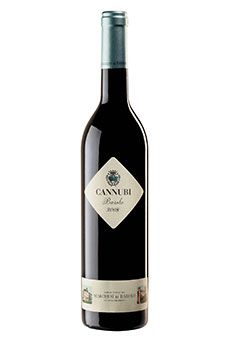
Biography

In his book “The Village of Barolo”, canon Domenico Massé wrote, as clearly and unambiguously as possible: “the creation of the type of wine which is now called Barolo must be credited to various Marquis of the Falletti family of Barolo, who produced the wine with every exacting care and attention in their extensive properties in and around Barolo”. Since the year 1929 the Marchesi di Barolo firm has belonged to the Abbona family, now in its third generation of active control of operations in the person of Ernesto Abbona and his wife Annamaria. The grand crus of the house are produced by giving the maximum attention to the matching of the various grapes which are cultivated to the proper sites, those with the most suitable soil and exposure. The objective is to bring out all of the personality and quality of the traditional varieties of Piedmont and the territory in which they are cultivated in order to magnify their unique and inimitable character. The goal is wines of great aromatic purity along with the proper balance of structure and elegance, Nebbiolo of maximum complexity and pleasure to drink.
Various wines are produced, from Dolcetto and Moscato to Freisa and Barbaresco. But the most prestigious selections are the various Barolo crus. This is confirmed by the Barolo from the Cannubi vineyard, the cellar’s most representative wine. The grapes which are utilized come exclusively from the hillsides of Cannubi, a long, slowly rising hill, a site of exceptional completeness where the two major geological formations of the zone, the Helvetian and the Tortonian, meet and mingle. The fermentation begins with a soft pressing of the hand-picked grapes followed by de-stemming and fermentation – in temperature-controlled tanks – at peak temperatures of 30-32° centigrade (86-90° Fahrenheit). The grapes macerate on their skins for ten days during the fermentation and are run off their skins when fermentation is completed. One part of the wine is aged in 3000-3500 liter casks of Slavonian and French oak. Another part ages in 60 gallon, medium-toasted French oak barrels for a period of twelve months. At the end of the aging process the wine is assembled and then aged for a final period of twelve months in bottle before commercial release. A full ruby in color, the wine offers intense aromas of roses, vanilla, liquorice, toasted oak and tobacco. Full and elegant on the palate, ample in body and austere, its flavors recall the aromas first perceived on the nose. The notes of spice and toasted oak are most pleasurably fused and integrated with the character of the wine, which is well suited for lengthy aging and can last as long as 25-30 years.

